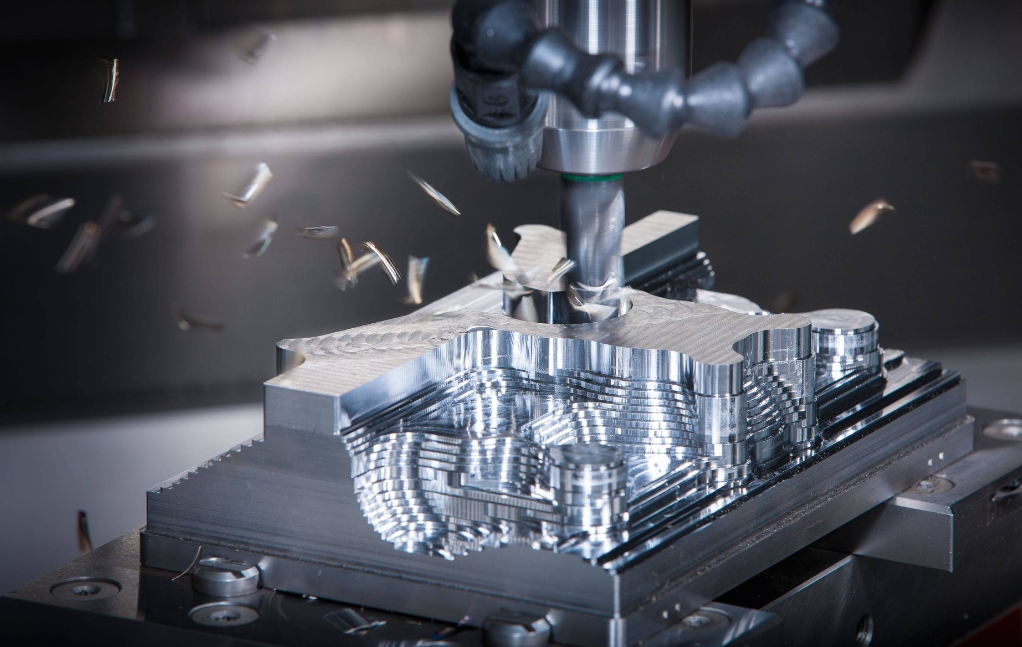Optimizing Design Choices: When to Opt for Sheet Metal Fabrication and When to Rely on CNC Machining?+ View more
Optimizing Design Choices: When to Opt for Sheet Metal Fabrication and When to Rely on CNC Machining?
+ View more
Date:2024-03-18 16:00
In the vast field of manufacturing, the correct choice of production method directly influences product performance, cost, and efficiency. As two prevalent fabrication techniques, sheet metal fabrication and CNC (Computer Numerical Control) machining each has its distinct applications and scenarios. Understanding the characteristics and application scope of both methods can help engineers and designers make more rational decisions. This article explains the differences between sheet metal fabrication and CNC machining, with a real-case scenario demonstrating how to tailor choices according to specific requirements.
Features and Applications of Sheet Metal Fabrication
Sheet metal fabrication involves various deformation processes such as cutting, bending, and stretching of metal sheets. This technique is favored for its efficiency and suitability for large-scale production. Due to minimal material waste, it's also particularly suitable for processing thin plate materials. Sheet metal parts are commonly used in casings, body panels, electrical enclosures, and other applications that require a certain strength level and complex shapes.
Reliable Parameter Basis:
- Material thickness range: 0.5mm - 6mm (typical application)
- Processing speed: Depends on the process, e.g., laser cutting speed can reach up to 70m/min
- Typical tolerance: ±0.1mm
Features and Applications of CNC Machining
CNC machining controls machine tools via pre-programmed software, executing precise cutting, milling, drilling operations. This method is suitable for parts requiring high precision and intricate geometric shapes, such as gears, aerospace components, etc. CNC machining is particularly suited for single-piece or small-scale production; it can handle various hard materials, including metals, plastics, and wood.
Reliable Parameter Basis:
- Precision range: Up to ±0.005mm
- Material hardness: Capable of machining materials with hardness above HRC40
- Equipment types: Such as 3-axis, 4-axis, 5-axis CNC machines for different complexity levels
Case Study Analysis: Manufacturing of Car Engine Covers
Take the manufacture of car engine covers as an example. It's a typical sheet metal part that needs to maintain a certain surface smoothness and structural stability. Considering costs and efficiency, sheet metal fabrication was chosen for initial mass production. The dimension and shape of the products were ensured by precision laser cutting and CNC bending machines.
However, as the market pursues personalization and functional features, some high-end car models' engine covers began employing CNC machining to meet higher customization demands. For instance, a luxury model designed an intricate ventilation structure to improve heat dissipation. While maintaining overall aesthetics, it had to comply with strict tolerance requirements. At this point, CNC machining became the preferred option due to its high precision and flexibility.
Conclusion
When choosing between sheet metal fabrication and CNC machining, one must consider design requirements, expected production volume, material properties, cost budget, and required precision comprehensively. Sheet metal fabrication is more suited for large quantities of simple flat or bent parts, whereas CNC machining is ideal for products needing high precision, complex three-dimensional geometries, or customizations. By thoroughly analyzing project needs and selecting the most appropriate fabrication technology, one can significantly enhance production efficiency and product quality.
Share to:
Recommend wonderful blog posts

